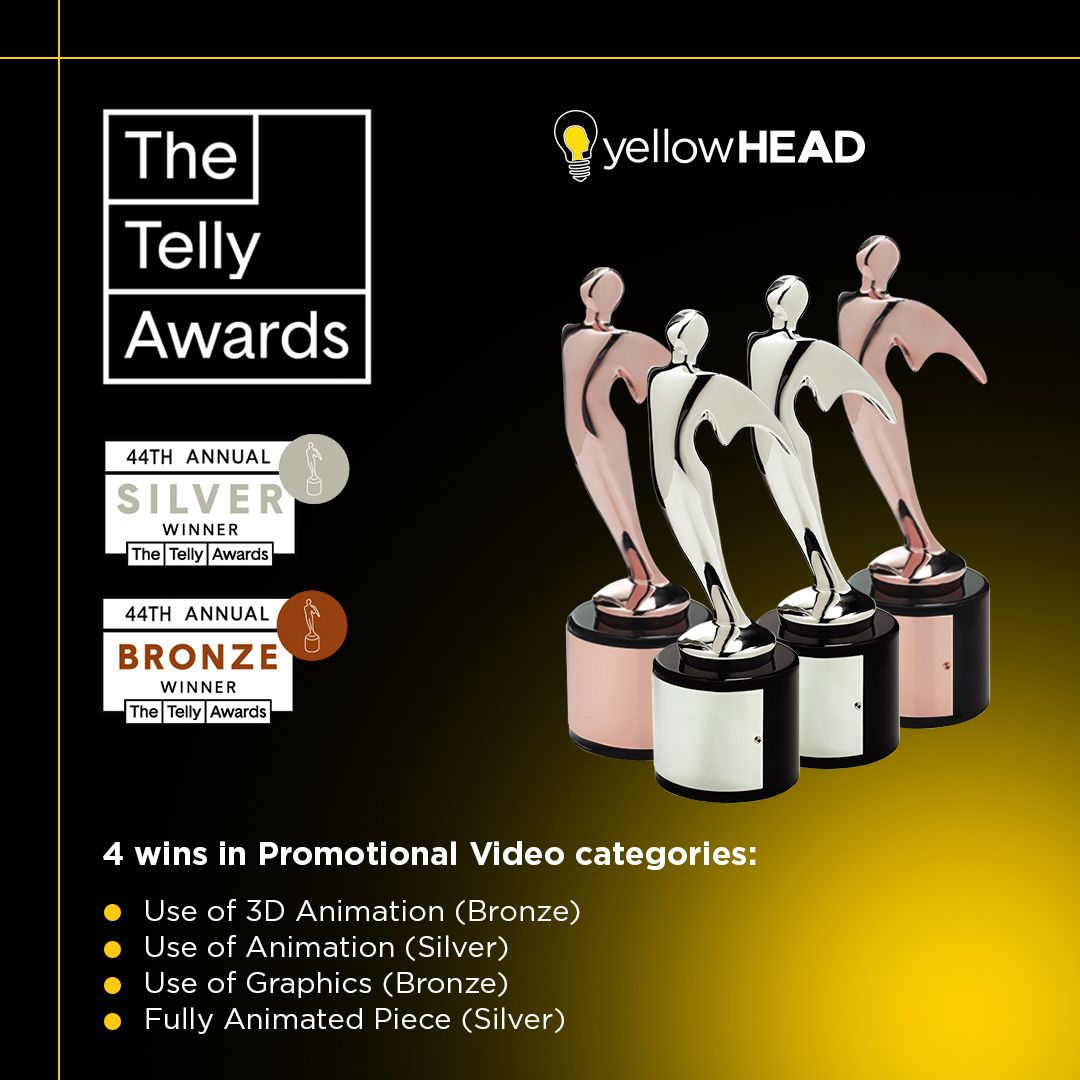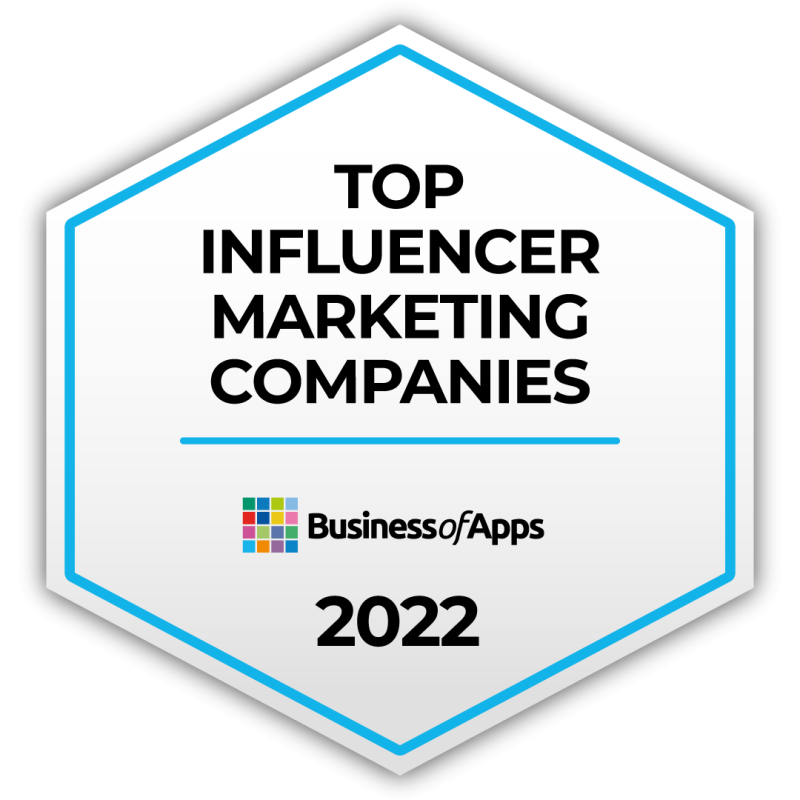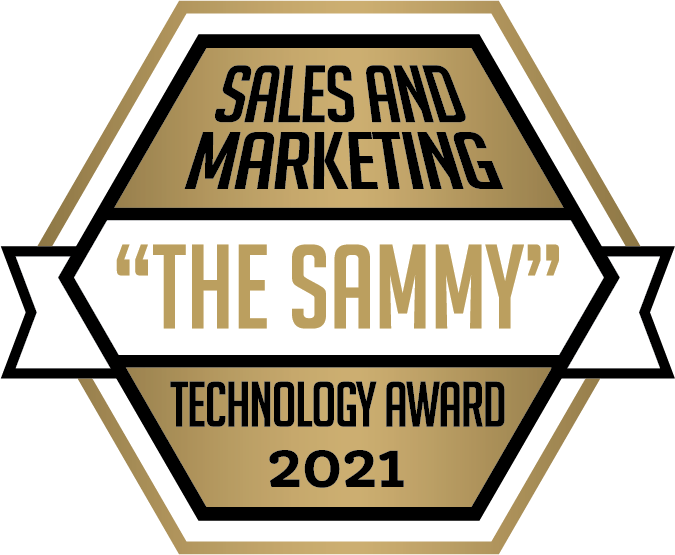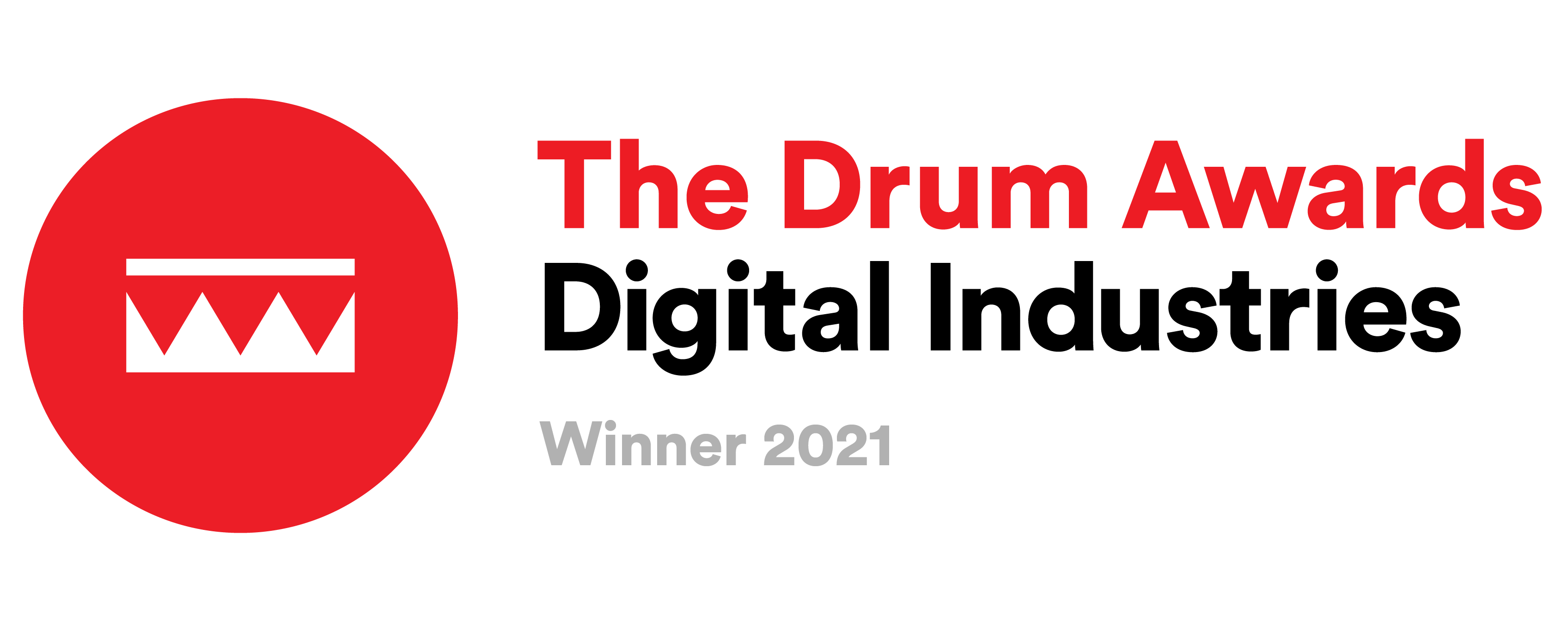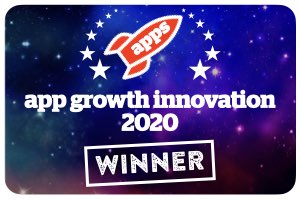VentureBeat Webinar Recap: The Power of Creative
In a joint webinar from VentureBeat and yellowHEAD, we explore the creative techniques that help marketers succeed in any industry vertical.
At its core, marketing is about gaining attention. Knowing what techniques will get attention from specific audience segments in target industry verticals often requires extensive research and trust-building.
To better understand these challenges, yellowHEAD partnered with VentureBeat on a webinar titled “The Power of Creative: Reaching consumers in health, fitness, and finance”. We invited marketers from different industries to understand what issues are unique to their verticals, which ones are the same, and what strategies can help anyone improve. Our participants were Dale Sperling (CMO, Stash), Claudio Franco (CMO, Gympass), and Noa Miller (Creative Strategy Lead, yellowHEAD) with Krista Neher (CEO, Boot Camp Digital) moderating.
You can watch the full video here — complete with case studies of campaigns from each participant. But first, we’d like to summarize the high-level takeaways every marketer should learn.
Balance Attention and Business Goals With Creative Strategy
Every marketing campaign in recent years has two primary aims: getting user attention and promoting a business goal. Without user attention, you cannot direct them along the funnel or generate interest in a brand. But if you get attention and neglect your business goal, you’ll have lots of fans but few genuine customers. Striking a balance between these objectives is at the core of every marketing strategy, and everyone has slightly different ways to approach it.
Claudio’s approach was to treat the marketing funnel like dating. He said that a great first date isn’t when you propose; it’s when you make a first impression that leads to a second date. In this approach, your awareness and consideration stage creative attracts leads and makes them interested in learning more — at which point you roll out a low-funnel campaign.
Dale had a slightly different philosophy, which is that high-funnel creative must include a specific value proposition. This ingredient will vary depending on your audience, but the right “hook” will draw customers through the entire funnel. The challenge is figuring out the hook, which is why segmentation and customer analysis are so important.
To Noa, the beauty of modern marketing is that whatever balance you strike, it’s not necessary to choose a single message. Instead, you can have several that resonate with different audiences that reflect distinct creative expressions, and A/B test them to learn what will be effective at scale. That lets you focus on pushing the creative envelope so that customers will pay attention to whatever you offer.
Embrace Your Industry’s Unique Ad Challenges
We often speak of marketing as a monolithic practice, but it can vary by the industry a marketer serves. Every business will have specific needs and challenges that influence ad campaigns within the sector — marketers would do well to acknowledge them.
Dale, for example, works at Stash, which serves a highly regulated finance industry. That means her campaigns must account for any number of compliance regulations. For example, Stash cannot share financial performance results or include customer testimonials, and must always mention investment risks as well as potential rewards. Dale’s challenge is to adhere to these standards without compromising an authenticity message while also standing apart from the competition.
Claudio, meanwhile, needs to account for multiple customer journeys for his work at Gympass. The company recently transitioned from fitness to multi-wellness apps, including diet, mental health, personal training, and more. Claudio’s ads must therefore address a broad range of customer needs and experiences.
These challenges do not prevent marketers from producing high-performing ads, but they require teams to be well-aware of industry nuances. That’s precisely why market research — both at the audience and vertical level — is so vital to successful campaigns.
Treat Ad Performance as User Feedback
Feedback is a vital part of the marketing process and the most challenging to address at scale. Anything from survey sample sizes to human error can skew results and make it difficult to determine why a particular campaign succeeded or failed. It’s no wonder that many marketers avoid real-time collection, preferring to measure clicks, engagement, and overall performance instead.
Unfortunately, ad performance doesn’t always tell the whole story of a campaign. Marketers need to be sure that when ads go viral, it drives a business goal. Dale provided the example of a video ad that, at first glance, seemed to perform exceptionally well. Taking a closer look, it turned out that a stream of hostile social media comments were driving organic traffic. Even if engagement appeared to be high, the interactions weren’t indications of genuine interest.
For Claudio, the real question was not about how to gain feedback but what goal you’re ultimately optimizing for. Engagement for engagement’s sake is not useful — a high CTR doesn’t mean anything if your CVR business goal is low. When you cannot find adequate feedback, A/B testing your creative can be highly effective. Claudio noted that it’s better to create 30 variants and find the best performers than optimizing a single ad based on feedback.
Noa added that this problem is one yellowHEAD is uniquely equipped to solve. Its platform, Alison, breaks creative down into individual components and analyzes the performance to find the most effective combinations. It can even recommend the right channels for the right creative, accounting for audience behaviors across Facebook, Instagram, TikTok, and YouTube. With this level of analysis, it can be far easier to draw feedback from ad performance.
We want to thank VentureBeat for hosting this webinar and Krista, Dale, Noa, and Claudio for making it so informative. If you’d like to find out more about how yellowHEAD can help you connect with audiences in our new marketing ecosystem, contact our team today.






